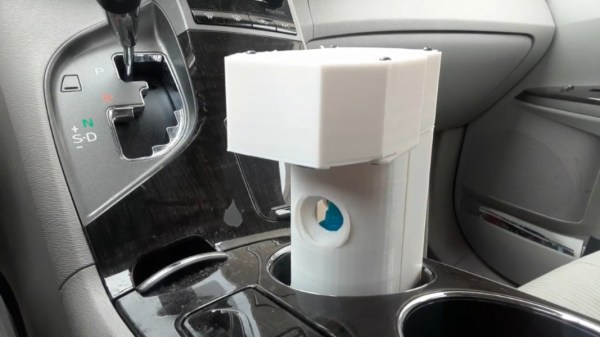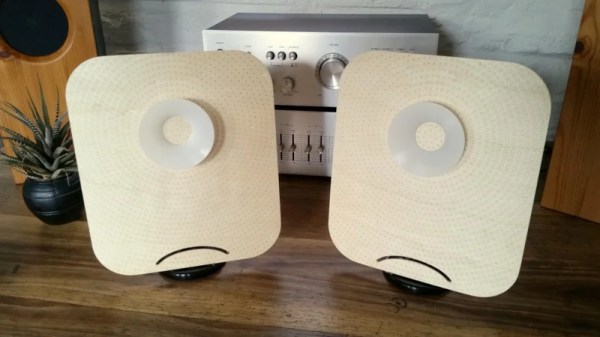One of the most common complaints fielded by the agents of Big Candy regards the non-homogenous nature of their products. Skittles and M&Ms are two egregious offenders in this area, and it’s left up to the determined consumer to handle sorting these candies themselves. Of course, you can always do it by hand, but as we all know – machines will do the work.
This Skittle sorter is the creation of [Lewis] of [DIY Machines], and it’s a build targeted at the beginner level. Constructed out of cardboard, it uses a pair of servos to handle the transport of the candies into their requisite colored bins, via a rotating disc and chute. Skittles are scanned with a TCS34725 color scanner hooked up to an Arduino Nano, which changes the angle of the output chute to dump the candy in the proper location. The hopper is able to handle a standard 180 gram bag of Skittles without problems.
[Lewis] does a great job explaining each stage of the build, from the mechanical and electronic side of things, to the required calibrations to make everything play together nicely. The project teaches builders a multiude of useful lessons, like how to use limit switches and other concepts of automation. We’ve featured [Lewis] on these pages before, too; his stylish shelf clock is a particular delight. Video after the break.


















